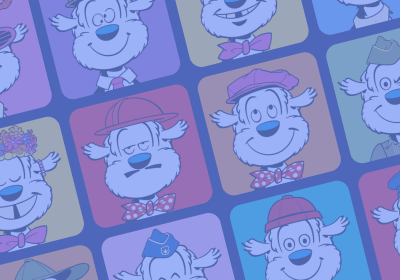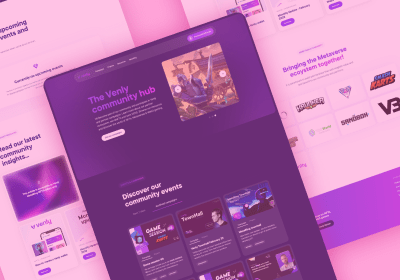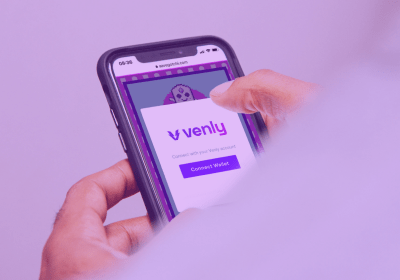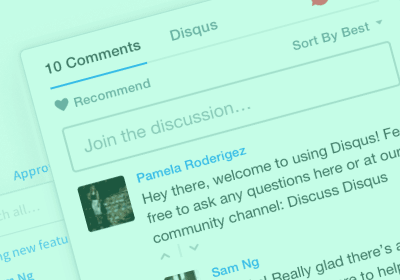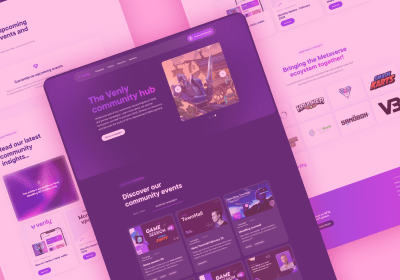
3 Awesome CTAs That Will Increase Your Conversions

If you make websites, there’s never been a better time to be in the business. Following your passion can really pan out well for you if you’re a smart solopreneur and take advantage of all the digital resources out there for the self-employed.
The problem is, your passion is making websites, not selling them. Your education was probably centered around learning code, not marketing. Sure, maybe you’ve garnered enough of the basics by tooling about on digital marketing blogs. You know enough to have a call-to-action (CTA) here and there on your business website.
A quick glance at most web design and development studio websites and you’ll see CTAs that look like this:
- Buy Now
- Request a Quote
- Get in Touch
- Schedule a Call
These look official, right? They tell the visitor exactly what to do. They’re clear and direct. They make it easy.
But are they relevant?
Clear & Direct CTAs are Essential but They Should Also be Relevant
If your CTAs look like the majority of CTAs on graphic design and web dev sites out there (i.e. like the examples above), then your impression of who’s visiting your website isn’t entirely accurate.
A lot of people who are visiting your website are not ready to buy.
They’re still looking for information and education themselves on web design or development. Request a Quote doesn’t speak to their needs at all. They’re just poking around the web for information so the idea of engaging with someone and committing to a quote is the last thing on their minds at this stage.
Get in Touch is wayyyyy premature for these types of visitors.
You need to offer these visitors a relevant CTA to move them further down the sales funnel. The examples we just gave really only work on hot leads. Hot leads are people who have done their research and are comparing different suppliers. The visitors who are still poking around for ideas will be blind to your premature CTAs, ignoring them as if they were banner ads.
Once they’re further along in their process of buying, however, CTAs like Schedule a Call will begin to seem relevant. It’s all about making sure your CTAs speak to all visitors, no matter where they are along the Buyer’s Journey.
The Buyer’s Journey
When people make a purchase, they go through an entire process. Savvy marketers call this The Buyer’s Journey. It starts when someone identifies a problem and it ends when they buy something to solve that problem. Some might even say the journey starts before that… before they’re even aware they have a problem. A good website will alert them to a problem they didn’t even know they had and then coax them along to the point where they begin actively researching ways to solve that problem.
There are three stages in the Buyer’s Journey:
- Awareness. “I don’t have enough customers. How can I fix this?”
- Consideration. “Perhaps I should invest in a website or social media so people can find my business online.”
- Decision. “I want a website for my business. I should ask some web designers for a quote.”
Now, with that in mind, where do you think the Request a Quote CTA comes in? It’s really only relevant to people who have already arrived at the third phase of the Buyer’s Journey. These people are actively looking for a supplier and are asking quotes from several companies.
But for someone who hasn’t made any decision yet, that CTA is too much of a commitment.
Lead Nurturing
People who are in those earlier stages of the Buyer’s Journey haven’t made up their mind yet. They don’t even know what they need: a website or a Facebook page? Or (shudder to think) they may not even know that having an online presence is a possible way to get more clients!
In both cases, you’ve got your work cut out for you.
For these people, you need to educate, not sell. You want these people to educate themselves, make up their own minds, and then come knocking on your door… absolutely craving a website!
This is where lead nurturing comes in.
Lead nurturing is the process of providing relevant and helpful information to your visitors so they can progress in the Buyer’s Journey. To do this, you’re going to get them to leave their email addresses so you can send them more relevant information.
So, the goalposts have moved. Instead of getting prematurely getting early-stage visitors to call you for a quote, you’re now simply trying to get their emails. Once you have emails, there’s a world of techniques to try, in order to coax them along to become your customers.
Here are three ways to get those all-important emails.
3 Effective Ways to Increase Sales Through Your Website
#1. Use Content Offers
Content offers can help your company get leads and build trust with your target audience.
The thoughts behind this technique are this: we hope that people will find this piece of content interesting enough to leave their email address. Then, we’ll send relevant content that they will find interesting (at least that’s the goal). This way, we’re constantly working on building valuable relationships with our customers.
You can use this for your web design business, too.
All over the internet, you’ll find companies making content offers. Look for buttons and text that say things like Download our Free Guide or Get 5 Free Templates. You’d have to have on a pretty serious set of blinders not to have noticed these.
By creating content offers for the different stages of the Buyer’s Journey, you create opportunities to get in touch with your potential customers. The key words here are:
Relationship building.
These people you’re building relationships with may not necessarily be ready to purchase but once they are ready, they’re much more likely to become a client because of all that good work you’ve done getting to know them and because of all the helpful resources you’ve sent their way.
What can you offer? People in the awareness stage might enjoy reading a case study on how a company increased its sales with e-commerce. People in the decision stage will find testimonials very valuable.
#2. Pique Their Interest
So, if the most common CTAs to get in touch are not relevant enough, how can you get on the phone with your client?
As a web design business, you could offer a free evaluation of your visitors’ current website. Add a form to your own site that asks visitors for their website, company name, and other information you need.
The best thing about this approach is that most websites have the same issues! Think about it: how many sites have you seen out there that STILL don’t have an SSL, they’re STILL not mobile ready, and the SEO… sucks. You can make the website evaluations pretty fast by using templates.
The evaluations are quick and easy for you but because you’ve piqued someone’s interest, they will be more inclined to get on the phone with you and talk about it. That’s the time to start your sales pitch… not before that point. The trick is not to be too assertive. Remember, you’re educating. Helping. If people are still in the consideration stage you’ll turn them right off with “let us build your new website!”.
Use lead-nurturing instead. “You have a problem and that’s why you need a new website.” Only after that point can you think about closing the deal.
#3. Be Relevant
Never forget that your visitors are people. That means they won’t stick around if your content isn’t relevant. And more importantly, they won’t click on a CTA that isn’t relevant to them. So you need to be relevant. There are several ways to do this but it all starts with understanding your visitors.
Find out what challenges your visitors are facing. Why are they looking for a website? What is the problem they’re trying to solve? Understanding your client will enable you to set up more relevant CTAs as well as the content they’re actually looking for. Design your CTAs with their challenges in mind. If you’re offering a case study on how a business increased its sales with an e-commerce website, do this:
Learn how you can increase your sales by 80%.
It’s a great way to hook visitors looking for ways to increase their sales.
Wrap-Up
We hope that by now it’s obvious that the Buy Now one-size-fits-all CTA isn’t going to get you very far. If you want more clients for your web dev or graphic design business, you’ll have to speak to your visitors in language that’s fit for their stage of the Buyer’s Journey.
This is the fundamental truth, whether you’re a solopreneur, a web design startup, or a part-timer who hasn’t gone full-time freelance yet. The rules are the same: study your potential clients, understand their needs, speak to them before they’re ready to buy, and be helpful. Adjust your CTAs to match those guidelines and you should start seeing more of the type of activity that leads to more business for your web design business.
And if you’d like to learn more, we’ve got the Growth Guide for Web Design Businesses, plus a blog full of articles you'll definitely enjoy.
Start building today
Streamline your creative process and keep your team aligned with our collaboration tool.
